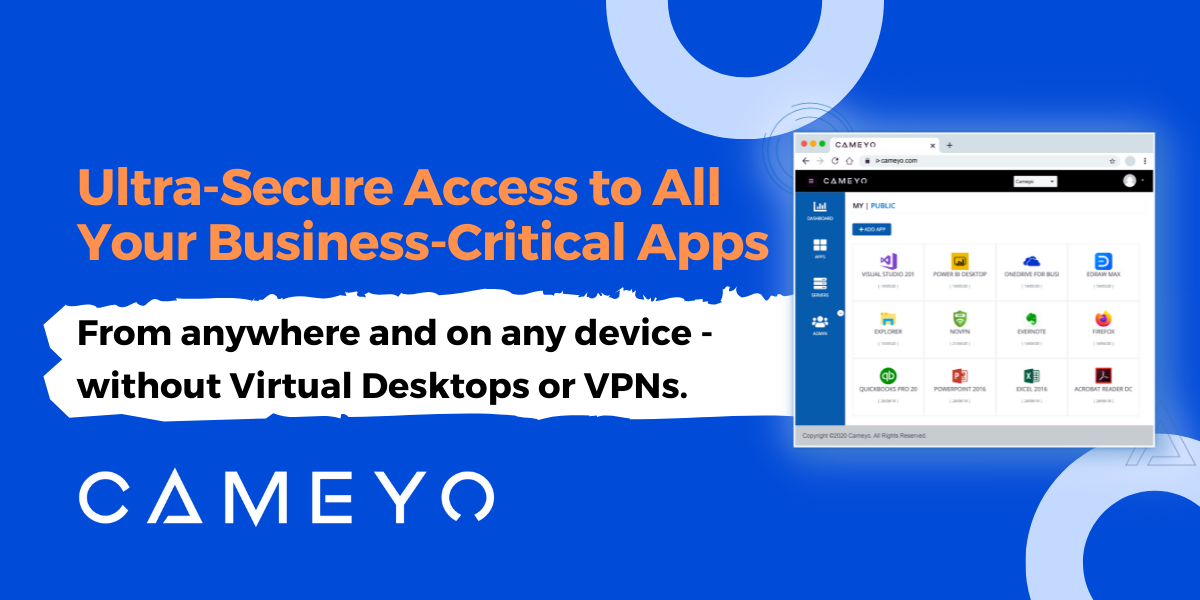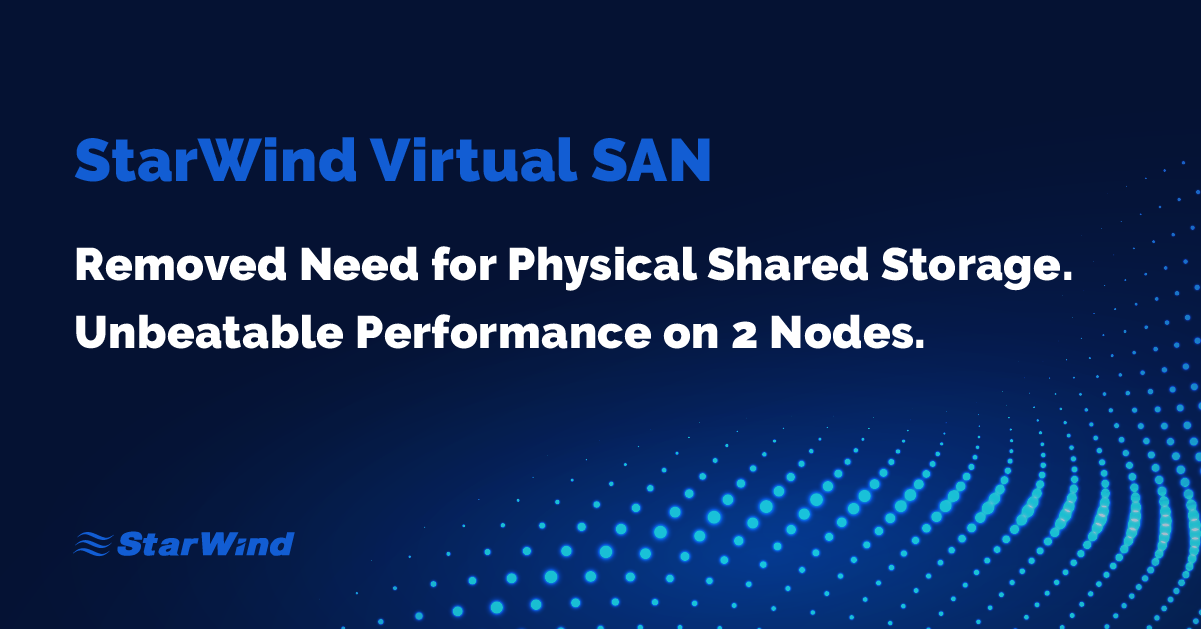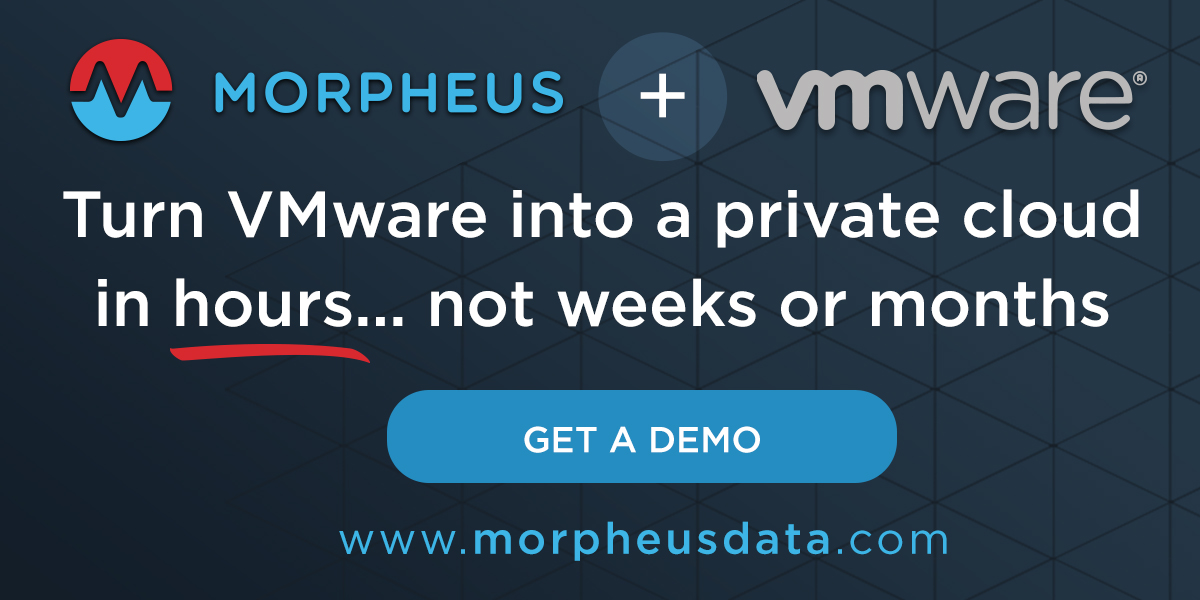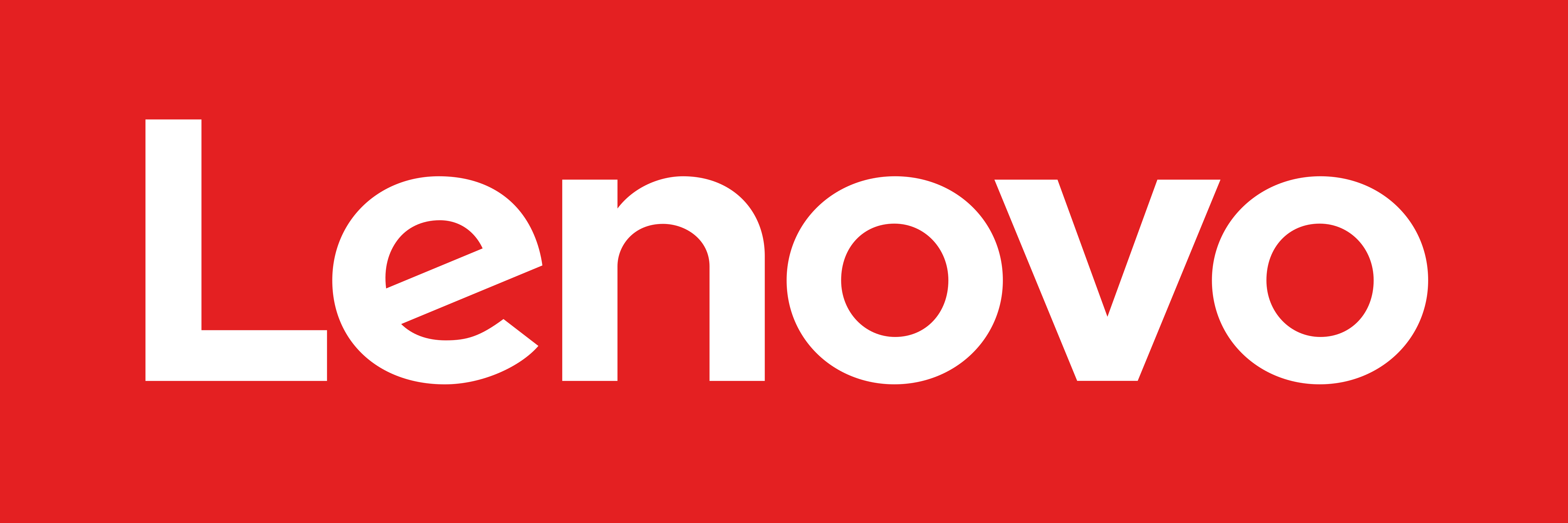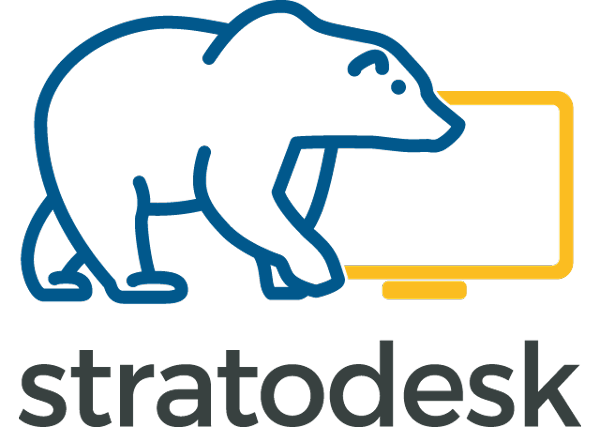VMblog: Provide a little backgrounder information on StarWind. What does your company look like in 2021?
Orest Lesyuk: StarWind has started its way as a virtualization pioneer with a software-only product in the form of StarWind Virtual SAN - a software-defined storage (SDS) solution delivering storage high availability. Throughout the years, our portfolio of products expanded with multiple free and paid software products as well as hardware offerings. Our work is primarily centered around hyperconvergence, virtualization and uptime.
As of today, the company has significantly grown, boasting a strong partner-based strategy, worldwide sales and one of the strongest and best-recognized products in the SMB&ROBO space - StarWind VSAN.
VMblog: At the core, how do you define virtualization and explain it to others?
Lesyuk: Virtualization is an abstraction of hardware layer properties and delegating them to the software layer. Previously, the IT infrastructure characteristics and properties where dependent on and were determined solely by its hardware components (be it storage, networks or anything else), and they were managed at the hardware level. With virtualization, you manage your IT infrastructure on the abstract software layer. It allows to utilize hardware resources in a more efficient way, determine its characteristics and, of course, introduces more convenient and centralized management of the entire IT infrastructure.
VMblog: We're hearing more about the cloud, being categorized as public, private, hybrid or multi. How do you explain it or differentiate it to people?
Lesyuk: It's, actually, a question of hardware ownership and, therefore, the control of the resources. With a public cloud, you entitle a 3rd party company (cloud provider) to determine the security and accessibility of the services you use. In a private cloud, you determine all the security and accessibility policies. A hybrid cloud is a compromise where you can keep the most mission-critical services running on-premises and distribute everything else by using a cloud.
VMblog: What affect has the COVID pandemic had on the virtualization/cloud market? Has it hurt or helped?
Lesyuk: The first thing it influenced is the reconfiguration of infrastructures to be suitable for remote work. Hence, VDI deployment became a more frequent case which is a form of virtualization. Also, there was an increased demand for stretched cluster configurations, hybrid cloud and full cloud deployments.
VMblog: Is on site infrastructure safer or more secure than the cloud? Why or why not.
Lesyuk: Everything depends on the level of expertise of the personnel setting up the private/public cloud. Either one can be just as secure. Otherwise, speaking in broad terms, public cloud already has it in the name. Your services and apps are running in a public workspace, so you mostly (although not exclusively) rely on the security mechanisms of the cloud provider. Whether they are more secure or not than the ones you setup privately is another question. Additionally, the public cloud vendor may decide if he wants to provide you with the services or not. In the modern highly interconnected world, as long as you are on the same page in terms of your policies/views with the cloud provider, you are safe...
VMblog: What strategies can a company put in place to keep their data and applications secured during and after migrating to the cloud?
Lesyuk: Besides the fact that most of the cloud providers establish security groups, encryption, and such, the only secure policy would be to have a backup on your site, separately from the cloud, and to enable encryption in the cloud. In fact, since the platform is fully controlled by the provider, you cannot guarantee that your data is safe from leaks or other access. You may presume that it is secured, encrypted and nobody else except you can access the data based on the information from the provider. But you cannot be 100% sure about that.
VMblog: What are the differences between virtualization and cloud computing?
Lesyuk: These are actually very similar as both cloud and virtualization work by abstracting services from the hardware layer. In any case, the end user can work with services using a virtualized environment pretty much in the same way as they would do in the cloud. Moreover, cloud offers SaaS, PaaS and IaaS, so users can have a higher control over the resources they use. In virtualization, you work with services or VMs themselves. In cloud, you work with resources on demand. You simply stop the service whenever there is no more need for it. In virtualization, if the resources are underutilized - it is what it is; you cannot simply stop using them.
VMblog: In the last few years, many could argue that virtualization, while still a necessity, is more akin to networking or plumbing - everyone has it, and its just become a standard operating component. Do you see it that way? Why or why not?
Lesyuk: Virtualization is now part of most IT infrastructures in the vast majority of companies. It is not to be argued whether virtualization is here or not. It is. And it is just as common as its was using dedicated hardware previously.
VMblog: What exactly is hybrid cloud and what are its benefits and limitations?
Lesyuk: Hybrid cloud gives improved resiliency and redundancy of your data plus more control by running some of the security-critical services on-premises. Depending on the implementation, it can have RTO zero (active-active cluster). The only limitation is the money that you pay for it. To achieve faster performance and lower latency, active-active replication between on-premises and cloud, you would definitely need to invest in both on-premises hardware and cloud, along with having a direct network link to the cloud (i.e., Azure Express Route).
VMblog: Who are the leading cloud platform providers? Which of them do your solutions work on? Is that list expanding anytime soon?
Lesyuk: StarWind works with both of the largest players on the market - AWS and Azure. If we are talking about the number of users, AWS is the leader. But the trick is that the one running in the second place can learn from the mistakes of the leader. Thus, providing some services better. We are currently working with AWS and Azure and are planning on improving the integration in these cloud platforms. In the future, we might plan to expand to other clouds.
VMblog: A big concern for companies has been that of data and information privacy. How does cloud computing deal with it?
Lesyuk: Once again, you can't guarantee information and data privacy if it is not running on your own hardware controlled by your own employees. The other case is that a lot of decision-makers think that running everything on-premises is 100% secure by default. Multiple malware cases prove that is not the case. 90% of the leaks and malware encryption are caused by the human factor, not the hardware or technology itself.
VMblog: What are the differences between virtual machines and containers?
Lesyuk: VMs are separate OS instances that provide control of the virtual OS and are supplied with a required amount of CPU power, RAM, storage and network. Put simply, this is the same server/computer with OS abstracted from its physical hardware.
Containers, on the other hand, abstract not the entire OS but only certain features to isolate processes and control the access of those processes to CPUs, memory, and disk space. Basically, containers abstract the code, dependencies, libraries, and so on to simplify the application or service deployment in various environments in a light form since containers do not use OS images as VMs do.
VMblog: What are your thoughts on moving from on-premises virtualization in the data center to migrating things to the cloud? What are the benefits to doing so? Or, what are the benefits to keeping things on-premises?
Lesyuk: Both approaches have their pros and cons. As mentioned, public cloud goes along with security concerns which is the main con. However, it simplifies the administration as you work mostly with services you run in the cloud. Of course, if you are not using PaaS or SaaS. Additionally, with public cloud you do not need to maintain the hardware which is also a good point for a lot of companies. Plus, you can deploy services faster in cloud as you don't have to take hardware requirements into consideration. Whether public cloud is more cost-efficient totally depends on the individual use cases. With an on-premises environment, you have to take responsibility for maintaining and administrating the infrastructure. However, you have full control over your environment and you do not depend on the pricing of the cloud provider that can change.
VMblog: How does your company help organizations virtualize their data center to leverage the benefits of virtualization?
Lesyuk: The first thing to note here is that StarWind works with storage virtualization. We provide a Software-Defined Storage (SDS) stack called StarWind Virtual SAN that is responsible for virtualizing the storage layer and delivering high availability (active-active storage replication) and other features such as deduplication and compression, and others. This allows companies to increase the uptime for their VMs and services which simply means continuous business operation - something of a critical value in the modern world.
VMblog: Where do you stand on the public vs private cloud debate?
Lesyuk: The typical answer to private vs public should be "why not both?". The are certain advantages and disadvantages to each of the approaches, and the job of any reasonable vendor is enabling them to organically co-exist within the same infrastructure. Being able to combine the security and performance privately with the flexibility and "on-demand" aspects of public cloud are some of the key challenges resolves by hybrid- and multi-cloud approaches.
VMblog: What trends are impacting virtualization/cloud computing strategies this year?
Lesyuk: Cloud is seeing wider adoption and integration into the IT infrastructures of companies. This, combined with the trend of SDS pushing out traditional storage arrays and the rapid growth of the amount of data that needs to be stored, means that HCI is moving into the spotlight, unifying public and private cloud, simplifying storage deployment and management, and overall bringing simplicity into the day-to-day life of IT teams.
VMblog: Now that a significant number of people are working from home, is that increasing the need for virtualization/cloud computing? How can it help solve these remote work challenges?
Lesyuk: Definitely. Both virtualization on-premises and cloud can provide effective mechanisms for remote work. The question is, what is easier for a company to implement, say Cloud VDI like Amazon WorkSpaces or Azure Windows Virtual Desktop or a typical VDI on-premises. This depends on the infrastructure state, so in one case or another it might be easier to implement the VDI on-premises.
VMblog: What's one of the biggest challenges businesses face today with regard to virtualization/cloud computing?
Lesyuk: Virtualization and Cloud computing have different challenges. The biggest challenge of virtualization is resource efficiency and distribution, which is typically addressed by robust management utilities. Cloud computing is usually faced with slightly different challenges in the face of cost control and security. Those have different solutions depending on the cloud provider and are often caused by the lack of transparency in terms of the TCO of building infrastructures utilizing cloud computing.
VMblog: Where does your solution live in the Virtualization/Cloud ecosystem?
Lesyuk: StarWind virtualizes storage for applications and services. By replicating the storage across the servers on-premises or across the cloud instances, our customers achieve high availability for their critical data.
VMblog: What are the top 3 benefits to businesses that choose to implement your solution within their virtualization/cloud computing configuration?
Lesyuk: Simplicity. StarWind works around the cornerstone of making its solutions and products extremely easy to implement and integrate. There is no need in any specific knowledge or training to use StarWind products. Basically, companies integrate StarWind in their infrastructures with no disruption to the established processes.
Performance. StarWind solutions are designed to deliver the highest performance to any workload type running on it. Would it be SQL Server or VMs, you can expect it to run with the required speed.
Support. StarWind Support is well-known and recognized across the community for its minimum response times, expertise and dedication to assisting customers no matter what the actual issue is.
VMblog: What specific problems are being solved by your solutions?
Lesyuk: At some point, a company comes to a conclusion that the downtime-associated costs are higher than the expenses entailed by the high availability implementation. Therefore, a need for a solution that would provide this arises. Plus, such a solution must be easy to deploy and still deliver the required performance level. StarWind targets exactly these pain points by delivering a solution that minimizes downtime by introducing active-active storage replication, remains exceptionally simple to implement and provides high performance.
VMblog: How are you different from your competitors? Why would someone prefer your offerings to those provided by others in the industry?
Lesyuk: Other solutions on the market lack deployment simplicity by having a strict Hardware Compatibility List (HCL) and hardware or software requirements. StarWind, on the contrary, has no HCL and is capable of working on what customers already have, breathing new life into their existing environment.
VMblog: Is high availability required in a public cloud?
Lesyuk: Well, public cloud, of course, provides certain redundancy levels by distributing the cloud environment among multiple regions and then datacenters so that your app is not dependent on a single location or a server. However, there are cases when even the largest cloud providers face datacenter outages causing downtime for user applications. It's all a matter of application uptime importance. If a user wants to ensure highest uptime, that's where StarWind high availability comes into play by setting up replication among instances in different regions and datacenters.
VMblog: Finally, how do you see the workload distribution between on-premises and cloud in the next couple of years?
Lesyuk: What needs mentioning first is that we do hear of more and more cases when businesses are migrating their production workloads to public cloud. We believe that public cloud is indeed a good option for placing Active Directory on it or even distributing it among multiple clouds. Besides, filers and other light-weight service are another candidates to be offloaded to clouds. However, performance-demanding workloads will still be left on-premises as that's the only way to provide the required level of performance.
